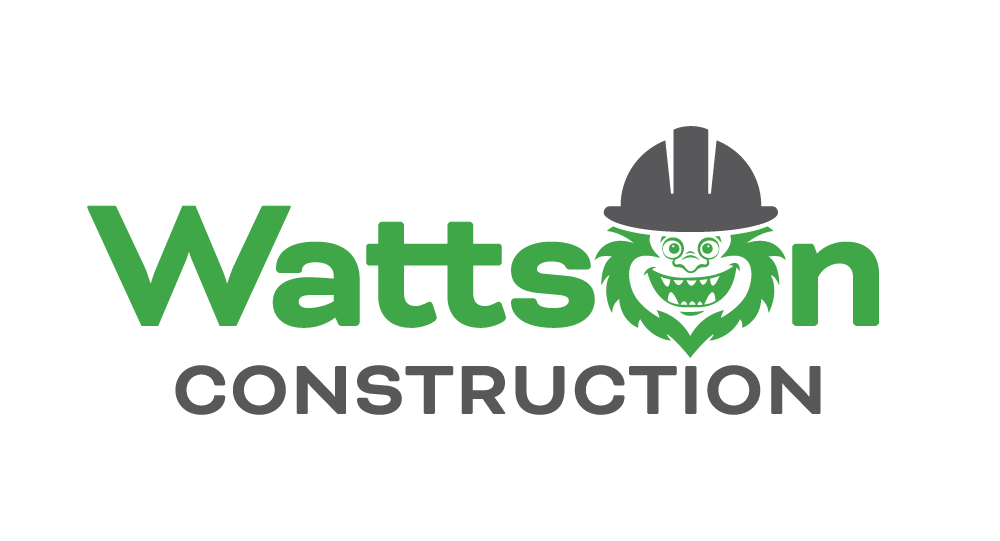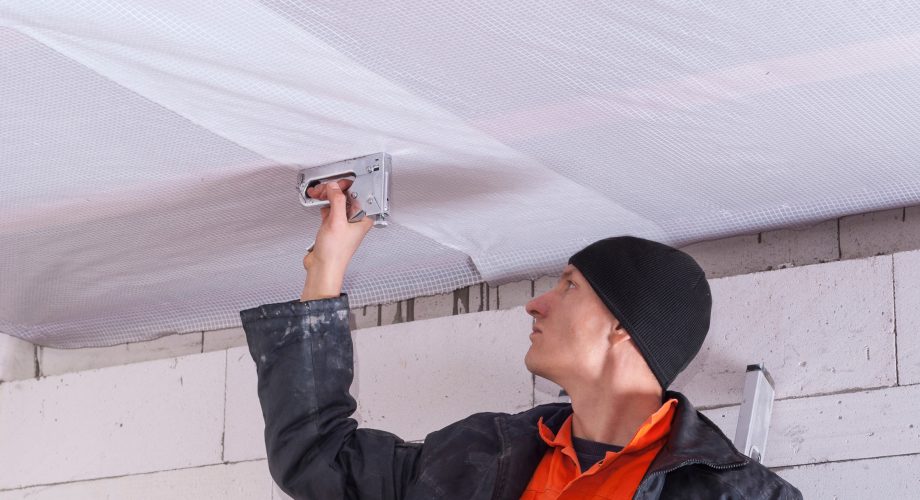Insulation and vapor barriers are a great combination in your home because they are essential components of home improvement projects and work together to keep your home warm or cool and dry.
Insulation keeps heat inside your house during the winter months, and helps prevent moisture from entering your walls and ceilings. Vapor barriers prevent moisture from condensing on cold surfaces, such as windows and doors. Both are essential parts of building a well-insulated home. Can they both be used in combination with each other, though? Let’s find out.
Is a Vapor Barrier the Same as Insulation?
Insulation and vapor barriers are not the same thing. Insulation in your home helps to keep your house warm in winter and cool in the summer, but it can be vulnerable to moisture issues which is where a vapor barrier comes into play. Vapor barriers provide a shield between the exterior walls and your home’s insulation keeping your insulation dry if moisture were to try to infiltrate it.
What Is The Difference Between A Vapor Barrier And Insulation Material?
A vapor barrier is a thin sheet of plastic that prevents water from seeping through walls into basements and crawlspaces. It’s typically used in new construction projects, with gaps around pipes and other building materials. A vapor barrier helps protect against air leakage from exterior walls, which helps improve energy efficiency. Because it’s so thin, it doesn’t add much weight to the structure.
Insulation is usually thicker than a vapor barrier. It’s made with fiberglass, polyester, wool, polyurethane, or cotton batting. It’s often wrapped around studs and joists to fill any voids left behind when the drywall is installed to prevent air movement between your home’s outside and exterior walls.
The thickness is the main difference between a vapor barrier and an insulation blanket. A vapor barrier is thinner than an insulation blanket, while an insulation blanket is thicker. Both products are designed to work together to provide protection and thermal insulation for your home.
Do You Need a Vapor Barrier with Insulation?
If you live in a humid and hot climate, you might want to install both a vapor barrier and insulation in your walls and create an air barrier. You’ll have less humidity buildup. If you live in a cold climate, they can work together to create thermal barriers and prevent air leaks. In addition, the combination of a vapor barrier and insulation makes it easier to maintain a consistent temperature inside your home.
Depending on where you are installing your insulation may determine if you need a vapor barrier. Some areas of the home that would benefit the most from vapor barriers are crawl spaces, basements, and attics.
What Goes First Vapor Barrier or Insulation?
You should always put down the vapor barrier before installing insulation. That way, you don’t end up with gaps in the insulation that allow moisture to get into the wall cavity, floor joist, or on a crawlspace floor. Once the vapor barrier is installed, then you can have your insulation installed.
Do You Need a Vapor Barrier Between Insulation and Drywall?
Vapor barriers aren’t just useful in crawlspaces and basements. They can be used anywhere you have gaps in your wall framing. For example, they can be placed in bathrooms, kitchens, garages, and even bedrooms.
When you install a vapor barrier, it creates a seal between the space and the outside environment. When you install insulation, it fills those gaps. So, if you have a gap in your walls, you could use a vapor barrier and insulation to improve its thermal performance.
Do You Need Vapor Barrier on Both Sides of Insulation?
Vapor barriers are not required on both sides of insulation. They only need to be installed on the side of the insulation that faces the exterior. A vapor barrier provides a way to protect the integrity of your home. It keeps moisture out of the wall cavity and protects the insulation from getting wet.
How do I Know if My Home Needs a Vapor Barrier?
Several signs indicate whether or not your home needs a vapor barrier. These include:
- Water Damage – If you notice water stains on the ceiling, foundation walls, or carpeting, this could mean that there is a leak somewhere in your home.
- Mold Growth – If you see mold growing on the walls or ceiling, this could mean that moisture has been leaking into your home for some time.
- Moisture Buildup – If you notice dampness in your basement or crawl space, this could mean that water is getting in through cracks or holes in your foundation.
- High Humidity Levels – If you notice high humidity levels in your home, this could mean that your home is not properly sealed off from outside elements.
- Poor Air Flow – If you notice drafts coming out of windows or doors, this could mean that air isn’t being properly circulated throughout your house.
What Types of Insulation Work Best with Vapor Barriers?
The type of insulation that works best with a vapor barrier depends on what kind of home you have. The following types of insulation work best when combined with a vapor barrier:
- Fiberglass Insulation – This is typically found in attic applications, and a vapor barrier is perfect for keeping your attic dry.
- Spray Foam Insulation – This is usually found in crawlspace applications. Building codes don’t recognize spray foam (closed-cell foam) alone as a sufficient vapor barrier. A vapor barrier is common in crawlspaces due to its nature of being dark and damp, and the addition of spray foam can create an air-tight seal.
- Mineral Wool Insulation – This is often found in basements, another area of the home that is naturally dark and damp. It can easily be placed in the basement walls along with a vapor barrier.
- Cellulose Insulation – This is also known as fiberglass insulation. It is typically found in crawlspace applications because it doesn’t expand like other forms of insulation.
How Do I Install a Vapor Barrier?
Installing a vapor barrier is pretty simple. You only need a tarp, a tape measure, and a level. But if you aren’t sure how to install it properly, it’s important to contact a professional. That’s where Energy Monster comes to save the day. Don’t worry about the stress and challenge of measuring, laying, and installing vapor barriers and insulation. We are the experts in choosing and installing these items in your home and creating an energy-efficient home. If you’re ready to learn more, contact our insulation contractors today at (855) 627-7674.

